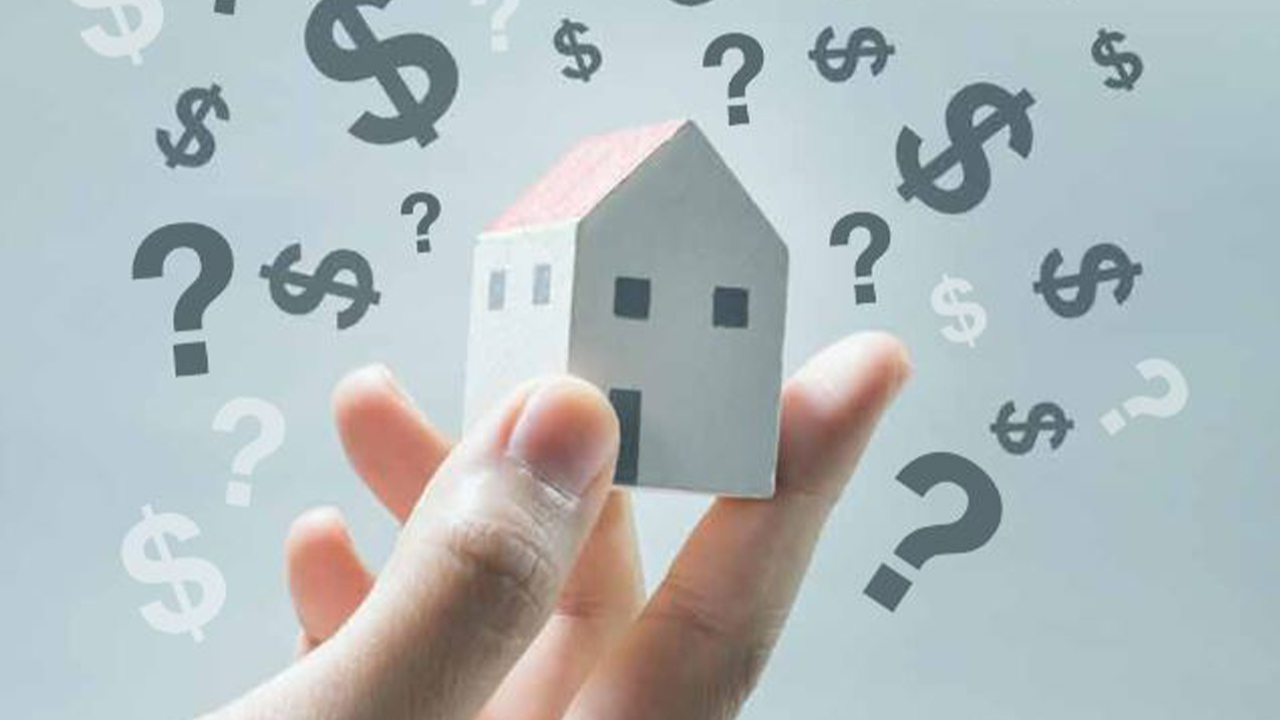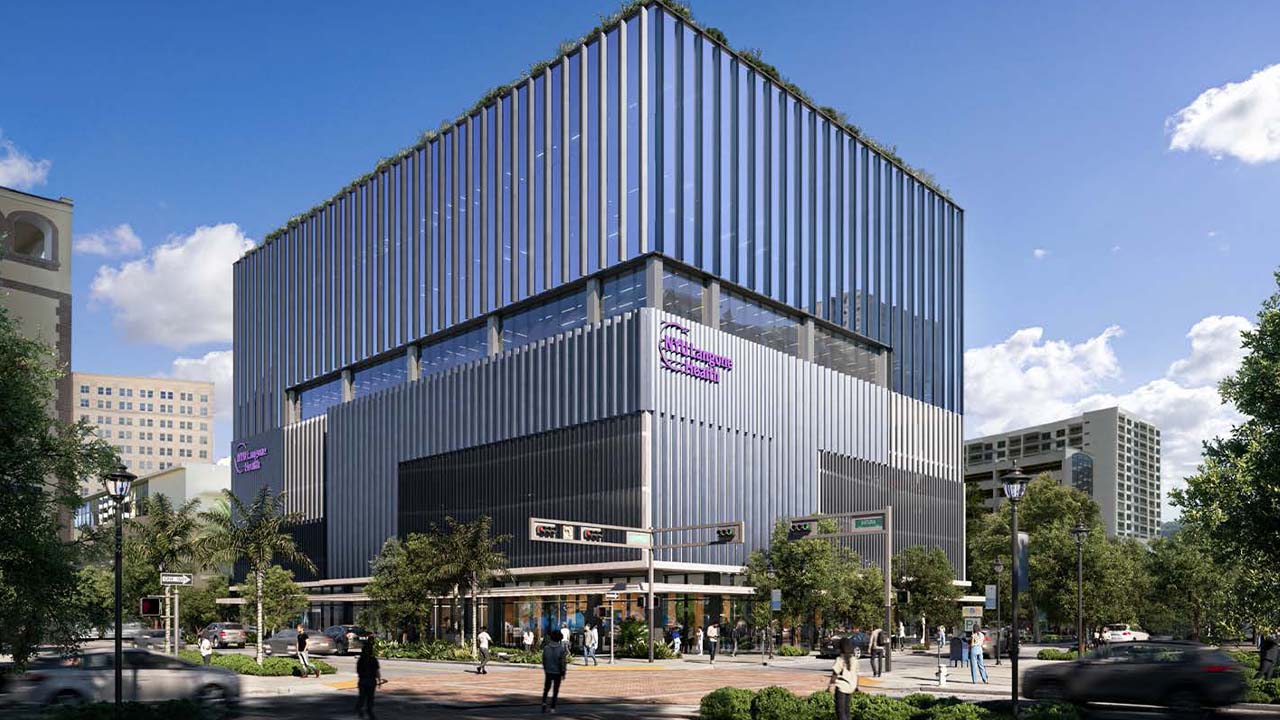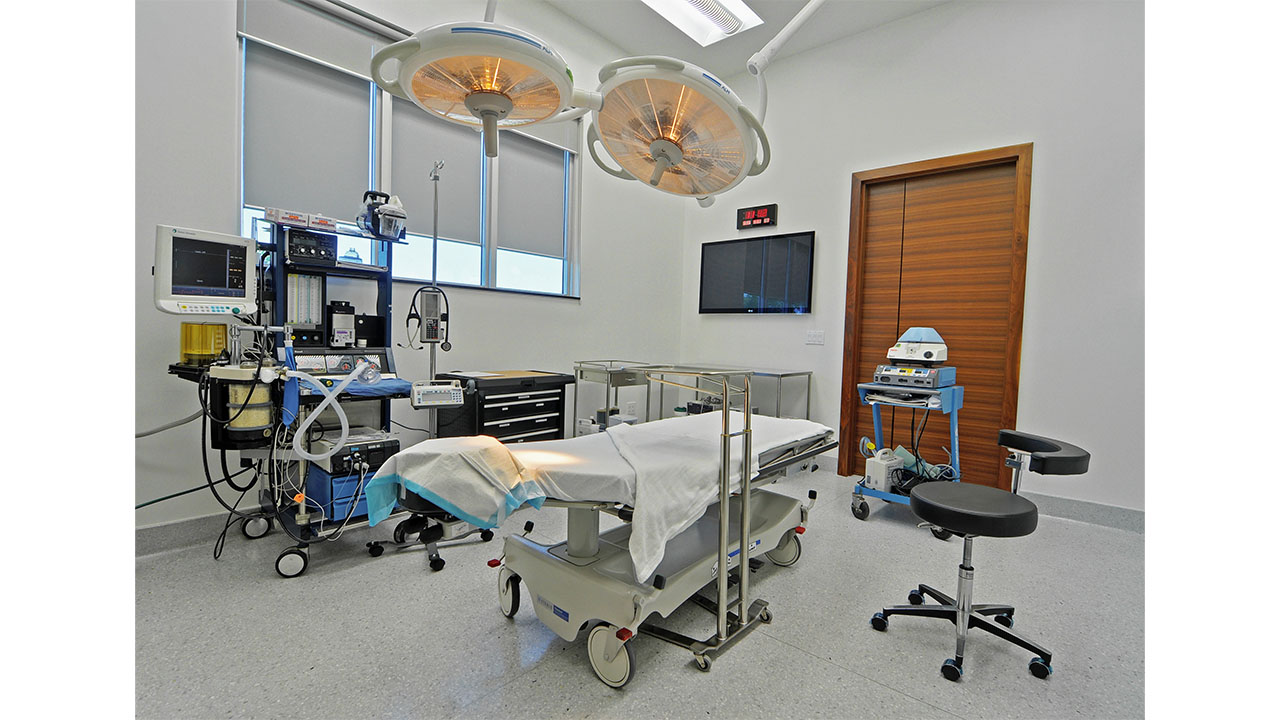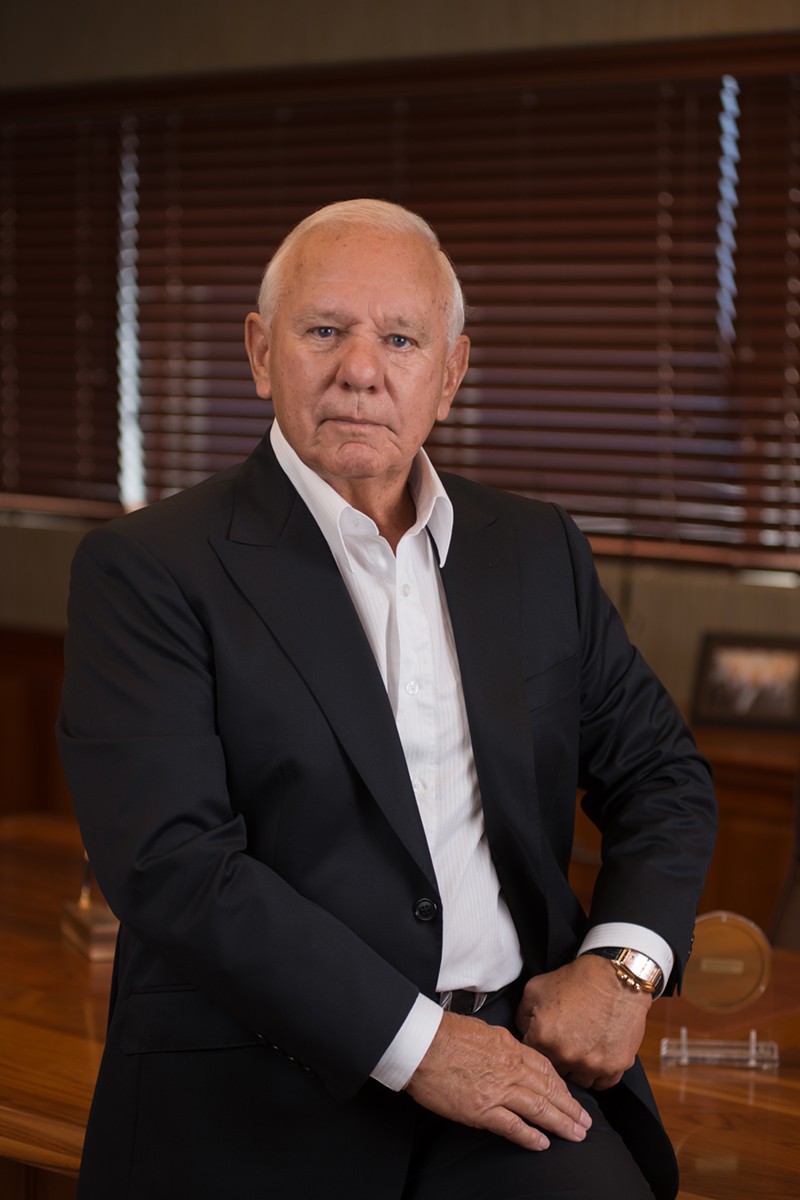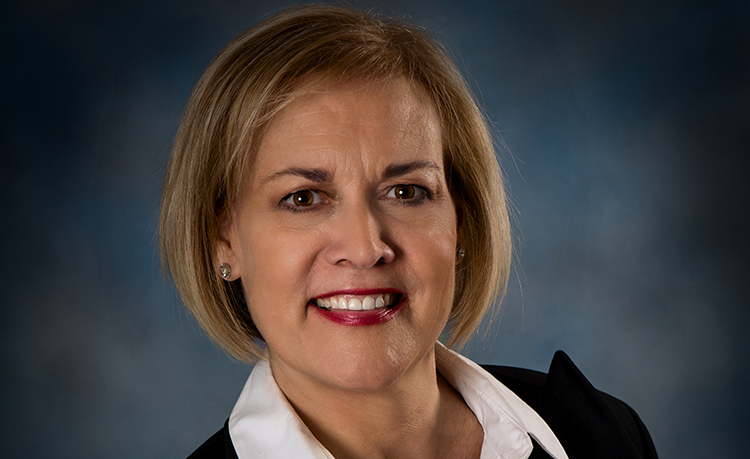Here’s how to make sure you’re buying the right kind of high-yielding stocks.
High-yield dividend stocks, which I’ll define as those yielding more than 4%, can be the perfect investments for generating income in your stock portfolio. They yield more than most bonds, they have the potential for capital appreciation, and their payouts can rise substantially over time. However, as with any other type of stock, there are some high-yield stocks you should avoid at all costs.
With that in mind, here’s a seven-point checklist to help you narrow down your search.
1. Check the payout ratio
This is the No. 1 metric to look at when evaluating a dividend. A company’s payout ratio is simply the ratio of the dividends it pays out to its earnings. For example, if a company pays an annual dividend of $1 and earned $4 per share in profits, then its payout ratio is 25% ($1 / $4). A lower payout ratio is better, as it signals that the company has plenty of profit to cover its dividend. A high payout ratio (especially one over 100%) can be a red flag that the dividend is unsustainable and thus in danger of being cut.
There are some notable exceptions to this. Real estate investment trusts (REITs) and business development companies (BDCs) are required to pay out at least 90% of profits to shareholders, so in those industries, a high payout ratio isn’t necessarily bad news. Plus, earning aren’t a great metric to use for REIT profitability – it’s better to use funds from operations, or FFO, when computing the payout ratio.
2. Stick to larger companies
There are a few exceptions to this rule, but I like to stick to dividend stocks that have a market cap of $1 billion or more and are listed on a major U.S. exchange. Larger companies tend to be easier to analyze: They’re generally more established, which means they have a long history of revenue and (hopefully) profitability. And because more analysts follow bigger companies, you can find more information and analysis on them.
Finally, while there are exceptions, stable profits usually imply stable dividends.
3. History repeats itself
An investment’s past performance doesn’t guarantee its future, but it can help predict it — especially when it comes to dividends. Companies that have increased their dividends every year, without interruption, tend to continue doing so. So, before you invest in a dividend stock, check the last several years of its dividend history. Better yet, start your search with the S&P High-Yield Dividend Aristocrats Index, which is made up of 107 high-yield companies that have raised their dividends for at least 20 consecutive years.
4. Return on equity (ROE)
Return on equity is a great metric for gauging how efficiently a company uses its assets to produce profits. The average ROE of the companies in the S&P 500 has historically fluctuated between 10% and 15% most of the time. As a personal preference, I like to stick with companies with a ROE of at least 10%, and even higher is better. As with most of the other points on this list, there are exceptions, but solid profitability is a sign of a healthy business.
5. How much debt does the company have?
Debt isn’t necessarily a bad thing, but too much debt can be a fatal flaw. Specifically, if a company’s interest expense is high, then a dropoff in its profits could leave it struggling to make the payments on its debt and pay its dividend. As an example of a company with a healthy debt load, Procter & Gamble‘s 2015 net interest expense was $626 million — less than 10% of its net income of about $7 billion.
6. Understand why the dividend is so high
Companies pay high dividend yields for several reasons, some good and some not so good. I already mentioned the case of REITs and BDCs, which have to pay out the majority of their profits in order to avoid corporate taxes. Another common reason for a high dividend is a mature business — in other words, if a company isn’t trying to grow aggressively, then it doesn’t need to reinvest much in its business, therefore more profits are available for dividends. AT&T is an example that immediately comes to mind.
However, if the dividend yield is high simply because the stock price has dropped by 50% over the past six months, then that’s a sign of trouble that you should investigate.
7. Is it too good to be true?
Finally, it’s important to realize that there is no free lunch in investing. If a dividend sounds too good to be true, chances are that it is. As a rule of thumb, if a stock yields more than 8%, then the dividend is likely unsustainable or at least inconsistent. It’s safest to stick with stocks with down-to-earth yields.
High-yield dividend stocks can be an excellent addition to your portfolio, as long as you do your homework before investing. Make sure the dividend is sustainable and the underlying business is healthy, and you’ll avoid wealth-destroying high-yield traps.
The $15,834 Social Security bonus you could be missing
If you’re like most Americans, you’re a few years (or more) behind on your retirement savings. But a handful of little-known “Social Security secrets” could help ensure a boost in your retirement income. For example: one easy trick could pay you as much as $15,834 more… each year! Once you learn how to maximize your Social Security benefits, we think you could retire confidently with the peace of mind we’re all after. Simply click here to discover how to learn more about these strategies.
Matthew Frankel owns shares of AT&T. The Motley Fool recommends Procter and Gamble. Try any of our Foolish newsletter services free for 30 days. We Fools may not all hold the same opinions, but we all believe that considering a diverse range of insights makes us better investors. The Motley Fool has adisclosure policy.




